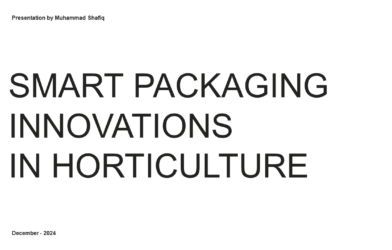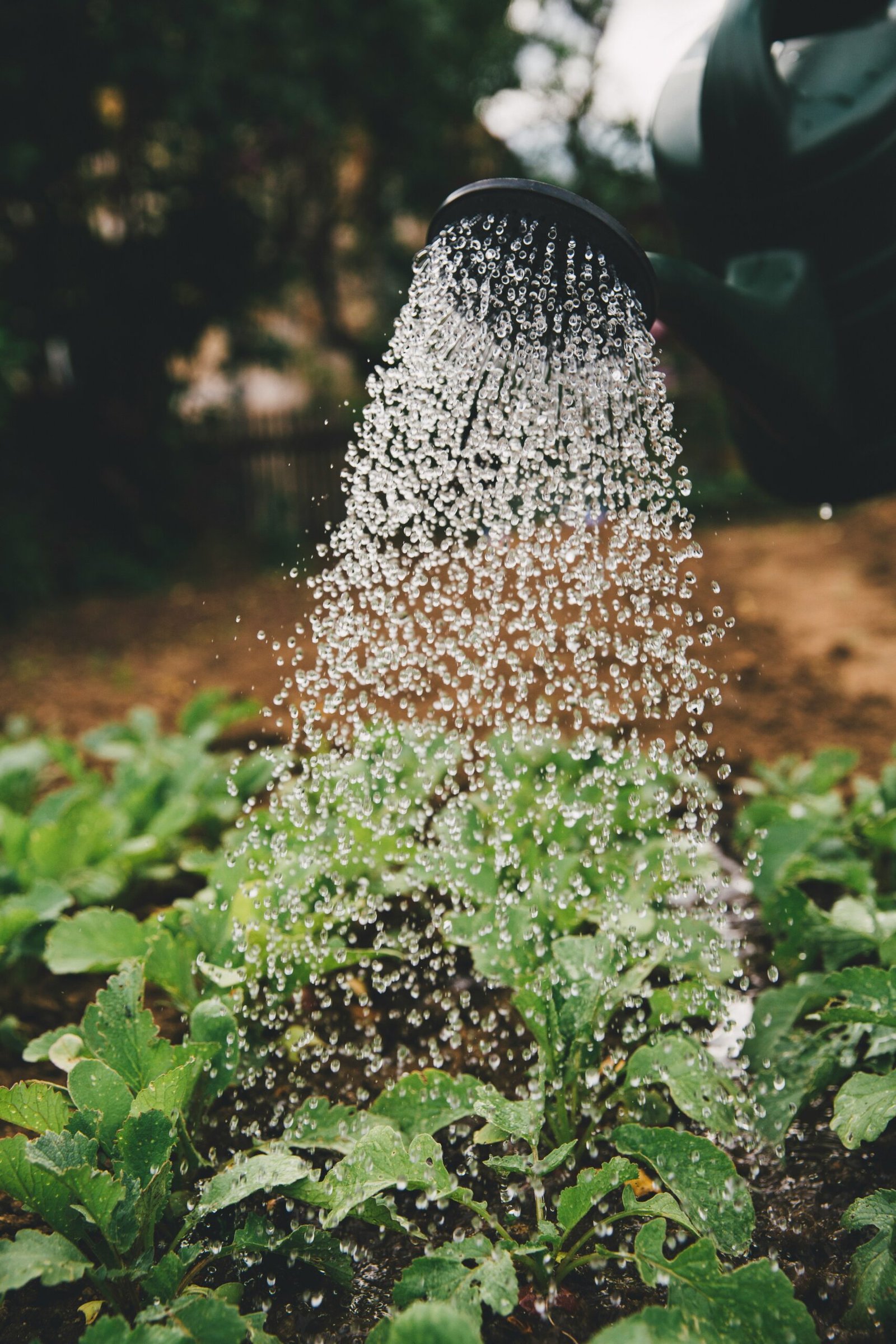Introduction to Python in Agriculture
As the world grapples with the challenges of food security and sustainable farming, the integration of technology in agriculture is more critical than ever. Python programming has emerged as a powerful tool in this sector. Known for its simplicity and versatility, Python is revolutionizing the way farmers manage their operations, making it easier to analyze data and optimize resources.
Applications of Python in Modern Farming
Farmers are leveraging Python programming for various applications. For instance, the programming language enables the development of predictive models to forecast weather patterns, crop yields, and pest invasions. These models facilitate better decision-making, allowing farmers to allocate resources more efficiently and mitigate risks. Additionally, automation, driven by Python scripts, can significantly enhance farm productivity by managing irrigation systems and monitoring crop health.
The Future Landscape of Agriculture with Python
As we look ahead, the intersection of Python programming and agriculture holds immense potential. The growing trend towards precision farming will rely heavily on data analytics and machine learning, areas where Python excels. By continuously improving these technological adaptations, farmers can not only increase their yields but also contribute to sustainable practices that benefit the environment. In conclusion, the adoption of Python in agriculture signifies a pivotal shift towards a more efficient and eco-friendly future for farming.
PPT on Pytthon in AGriculture Basic





